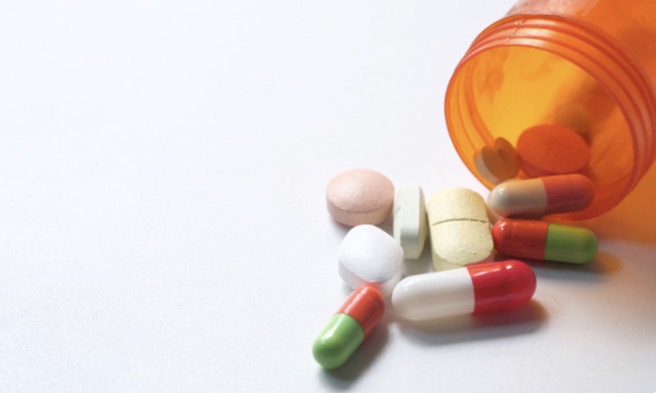Understanding QPPV in China

The official implementation of the China GVP is on December 1, 2021, emphasising the primary responsibilities of MAHs in Pharmacovigilance. Despite the existence of Level 3 Adverse Drug Reaction Monitoring Centres, a shortage of QPPVs has been observed in recent years in China.
Why Overseas MAHs Must Conduct China Pharmacovigilance Audits on Local Representatives

In the ever-evolving pharmaceutical landscape, rigorous safety measures are crucial. For overseas Marketing Authorization Holders (MAHs) with local representatives in China, one essential component of these safety measures is the China Pharmacovigilance audit. This process not only ensures compliance with Chinese regulations but also safeguards patient health by maintaining high standards of drug safety. Understanding […]
Post-marketing PV in China
Post-marketing PV in China Definition Post-marketing pharmacovigilance (PV) refers to the collection, monitoring, assessment, and reporting of adverse drug reactions (ADRs) that occur after a drug has been approved and marketed for use in the general population. Post-marketing PV activities are carried out by regulatory authorities, pharmaceutical companies, and healthcare professionals to ensure that drugs […]
Clinical Pharmacovigilance (PV) in China
Clinical Pharmacovigilance (PV) in China CDE – Regulatory Authority Responsible for China Clinical Pharmacovigilance Activities The Clinical Trials Management Office, which is subordinated to China Center for Drug Evaluation (CDE), is specifically responsible for the reception, analysis and evaluation of suspected and unexpected serious adverse reactions (SUSAR) during clinical trials conducted in China, as well […]
China’s Phamacovigilance Regulators: A Closer Look at NMPA, CDE, and CDR
China’s Phamacovigilance Regulators: A Closer Look at NMPA, CDE, and CDR Exploring the responsibilities of NMPA, CDE, and CDR in China’s PV system SAMR – State Administration for Market Regulation The SAMR is a full ministry agency reporting directly to the State Council of the People’s Republic of China. Under the SAMR is the NMPA, […]
ICH and PV
ICH and PV Understanding the Role of ICH in Drug Safety and Pharmacovigilance The International Council for Harmonisation (ICH) was established in 1990 as a collaboration between regulatory authorities and industry professionals to ensure the safety, quality, and efficacy of medicines intended for human use. The need for greater uniformity in testing and safety regulations […]
CIOMS and PV
CIOMS and PV China Pharmacovigilance and CIOMS: Building a Strong Framework for Drug Safety CIOMS plays a crucial role in the field of pharmacovigilance by coordinating and publishing guidelines on drug safety, working with representatives from the global biomedical scientific community. The organization’s programs focus on key areas of biomedicine, including bioethics, health policy, ethics, […]
Individual Adverse Drug Reactions Reporting and Monitoring in China
Individual Adverse Drug Reactions Reporting and Monitoring in China What is an Individual Case Safety Report (ICSR) in China? So, what is an ICSR? According to the ICH E2 series of related guideline documents ICSRs are complete information provided by the reporter at a point in time to describe an event or incident of concern. […]
Aggregate Reporting in China
Aggregate Reporting in China Periodic Safety Update Report/Periodic Benefit Risk Evaluation Report – Requirement in China Periodic safety update report (PSUR) provides a periodic and comprehensiveassessment of the worldwide safety data of a marketed drug. Over-time itwas recognized that the risk of the marketed drug should be assessed in the light of its benefits and […]
Signal Management in China: An Overview of Regulatory Requirements
Signal Management in China: An Overview of Regulatory Requirements Overview of Signal Management Signal Management is a set of activities performed to determine whether, based on an examination of individual case safety reports (ICSRs), aggregated data from active surveillance systems or studies, scientific literature information or other data sources, there are new risks associated […]
